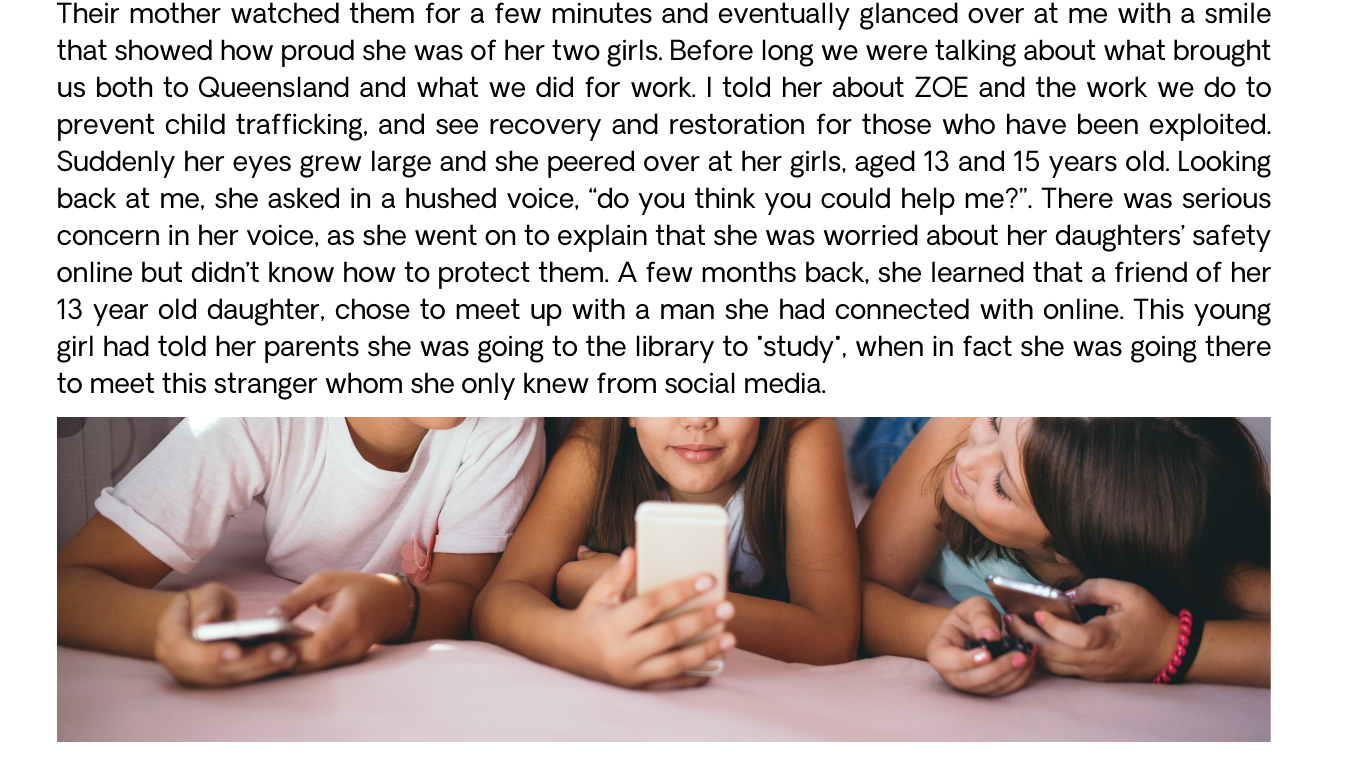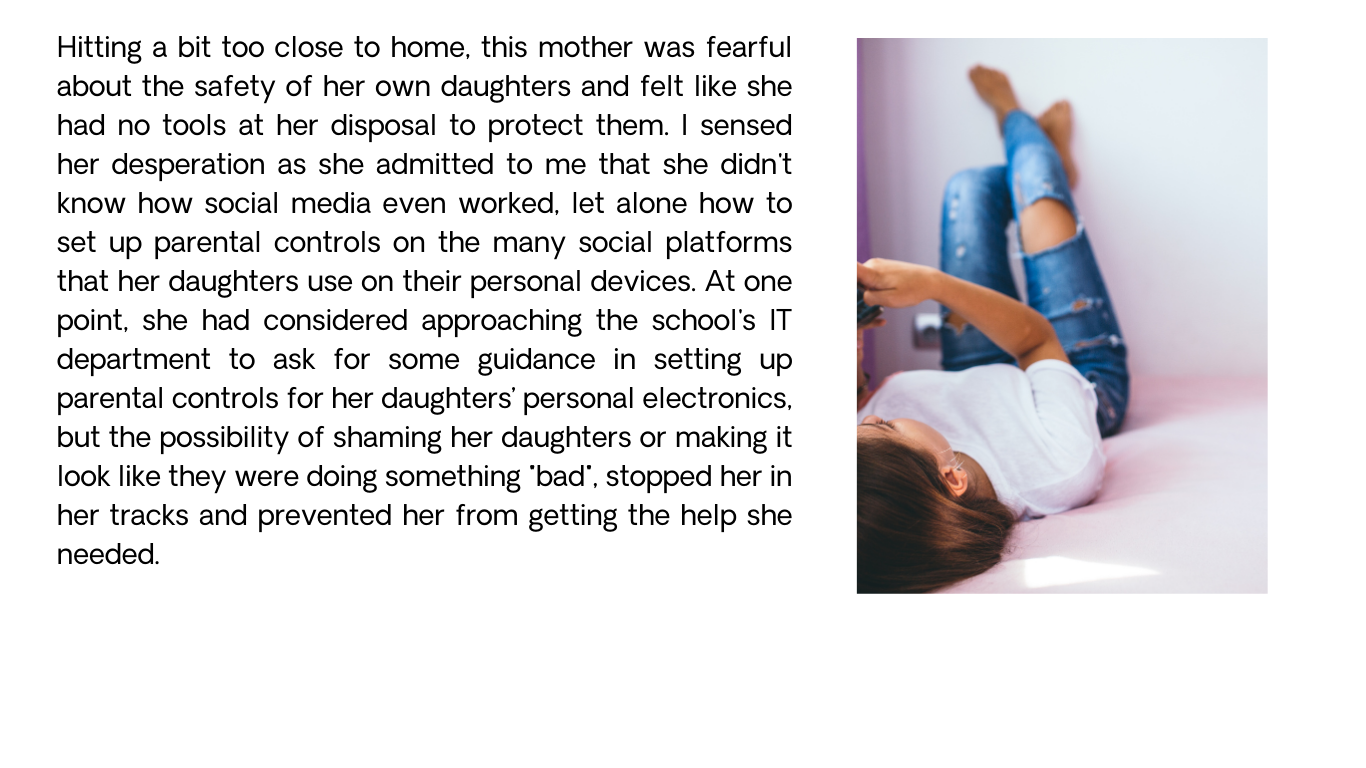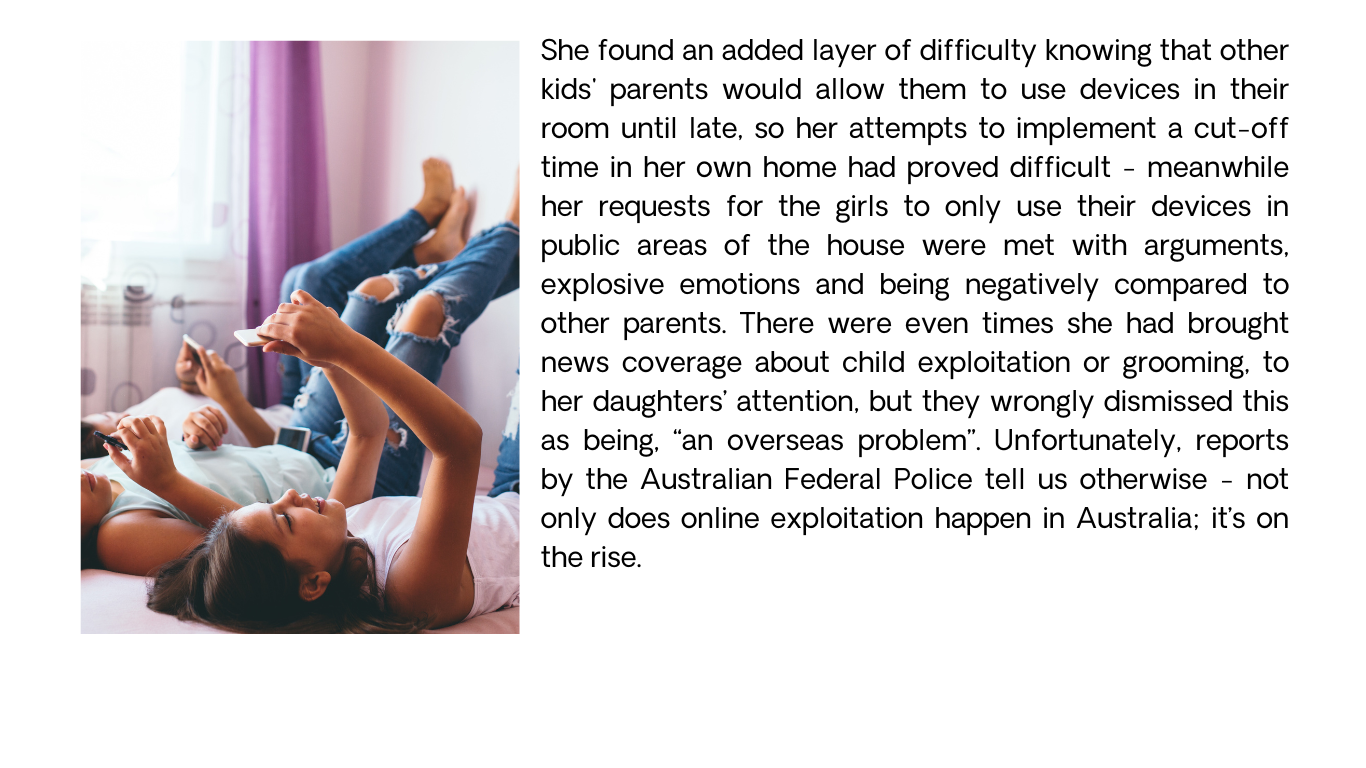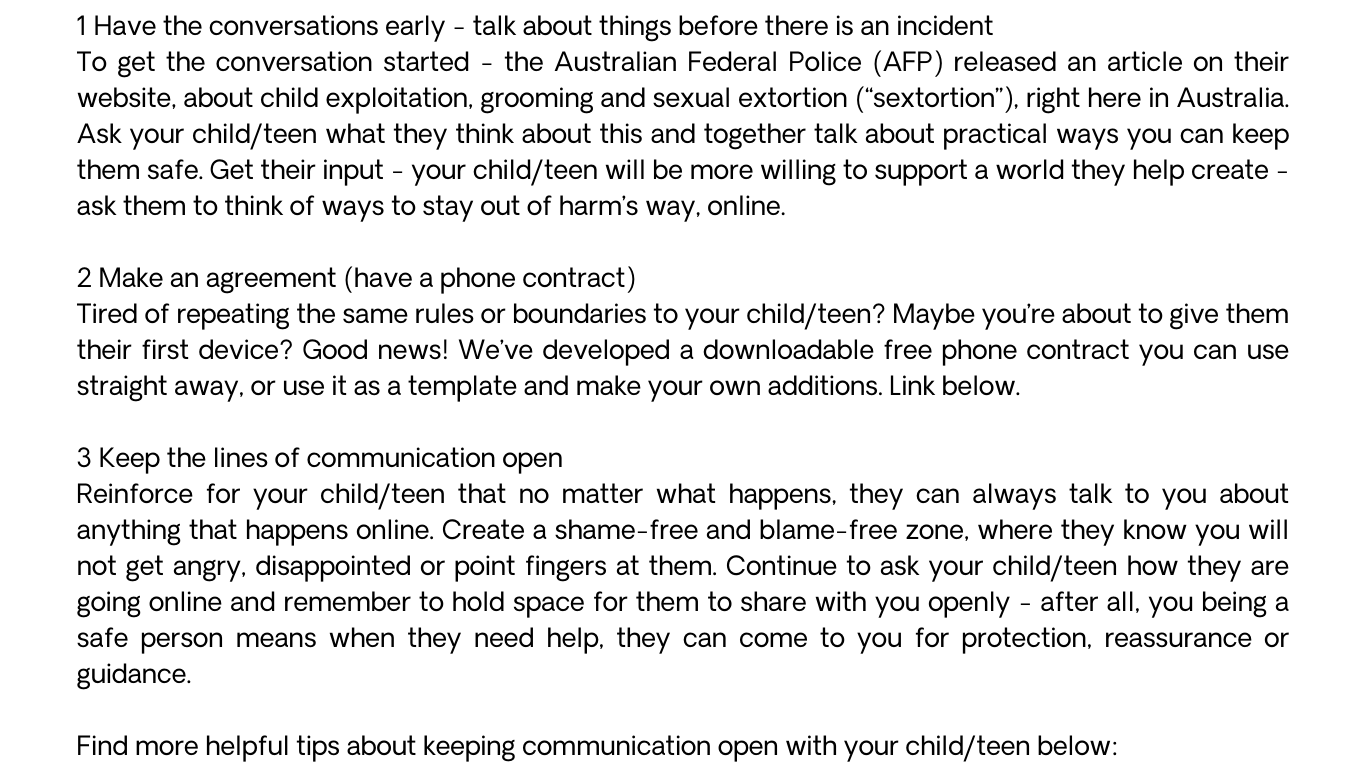All Posts in Awareness
"Reach every victim of trafficking, leave no one behind" - World Day Against Trafficking in Person, 2023 Theme
Child trafficking is a complex issue. Fueled by the demands of perpetrators, who pay to exploit children, it's only by learning what child trafficking is, and raising awareness about it, that we can work together to protect children and prevent this terrible crime from happening. At its core, child trafficking is a failure to protect the rights of the most vulnerable children in our society.
There is a lot of information online about what child trafficking is and is not, but one of the biggest inhibitors for Australians, who are trying to learn and understand the complexities surrounding this crime in our own country, rests on the fact that we have our own definition of child trafficking that differs from most other countries.
In Australia, it’s fair to say that most people see the topic of child trafficking as an “overseas problem”. We never see reports of it. It’s not vocabulary that’s used in reference to Australian children so if it’s not defined, talked about, or seen then that must mean… it doesn’t exist, right?
Sadly, that’s just not the case. We believe that there are children in Australia facing circumstances where they are being sold, exploited or trafficked. Desperately in need of assistance, their situations remain largely invisible or misidentified, because of Australia's ‘unique’ definition and restrictive law impacting domestic child trafficking victims.

According to the UN, ‘leaving people behind means’ failing to end the exploitation of trafficking victims, failing to support victim-survivors once they are free from their traffickers, and leaving identifiable groups vulnerable to traffickers.
In order for Australia to ‘leave no one behind’ we must make it a priority to firstly admit and identify that we (like every other country in the world) have a problem with child trafficking. This can not be ignored! It will be impossible to reach every victim of (child) trafficking if we keep saying, “there are none”.
ZOE Australia CEO recently stated, “The ZOE team in Australia has spent the last 18 months specifically focused on the issue of child trafficking within Australia. Our team has read research papers and reports, met with a range of experts and stakeholders, been a part of forums and held many meetings. We have heard from experts, social workers, NGOs, case workers and many people who are supporting vulnerable children through kinship, foster care, residential care and other out of home care models. Meeting after meeting we hear anecdotal stories of children being used by another adult, a ‘third party’ to commercially sexually exploit them. The child is often given something in return, accommodation, drugs, vapes or money. Our own research tells of real life stories from court documents, where children have been commercially exploited. There is no question that if these cases were in the USA or Thailand, they would be classed as child trafficking."
There is a key difference between the United Nations definition and Australia’s ‘unique’ definition of trafficking. The main variation is that Australia’s definition has a reliance on ‘movement.' We believe that if the reliance of movement is NOT changed in the criminal code to come inline with the UN definition then we, as Australians, can not reach every victim of trafficking and we are leaving victims behind - arguably those who need us most.
Children in Australia being trafficked remain largely invisible.
Australia has faced international criticism, with the United States Government recommending in their 2022 Trafficking in Persons Report that Australia ‘ensure the statutory definition of trafficking under the criminal code does not require movement of the victim as an element of the crime'.
If Australia was to adopt the international definition into the Criminal Code to include recruitment, transportation, transfer, harbour or receipt of person then this would allow the prosecutor to look at other elements and not rely solely on movement.
We believe that child trafficking doesn't always involve physically taking children to a different location. While the term "trafficking" may give the impression of transportation, child trafficking can also occur within the same area or even within a child's own community.
So given the restrictive definition, there is very limited information and data on the prevalence of domestic child trafficking.
Note: In Australia, the term 'modern slavery' is often used to include; trafficking in persons, slavery, slavery-like practices and the worst forms of child labour.
Small Steps Forward
In 2022, we were pleased to hear that the Attorney-General's Department initiated a Targeted Review of the sections within the Australian Criminal Code that pertains to the definition of human trafficking. ZOE made a submission as part of this review, detailing cases and voicing our concern about the restrictive nature of the law in Australia.
It is our hope that with both increased awareness and law reform, that Australia's response will be to reach all individuals (including children) making sure they are not overlooked, ignored or left behind. Every victim of trafficking should be protected, and provided with the support that they need to restore their dignity and help them rebuild their lives.
We look forward to seeing a more inclusive and proactive approach to child trafficking in Australia that reaches each victim of this heinous crime and leaves no child unnoticed or unsupported.
To learn more:
-
Sign up for our free online courses at https://courses.gozoe.org.au
-
Stay updated though our socials
-
Keep your eyes open for our next in-person or online update
-
Book a speaker for your event https://www.gozoe.org.au/speaker-booking-type/
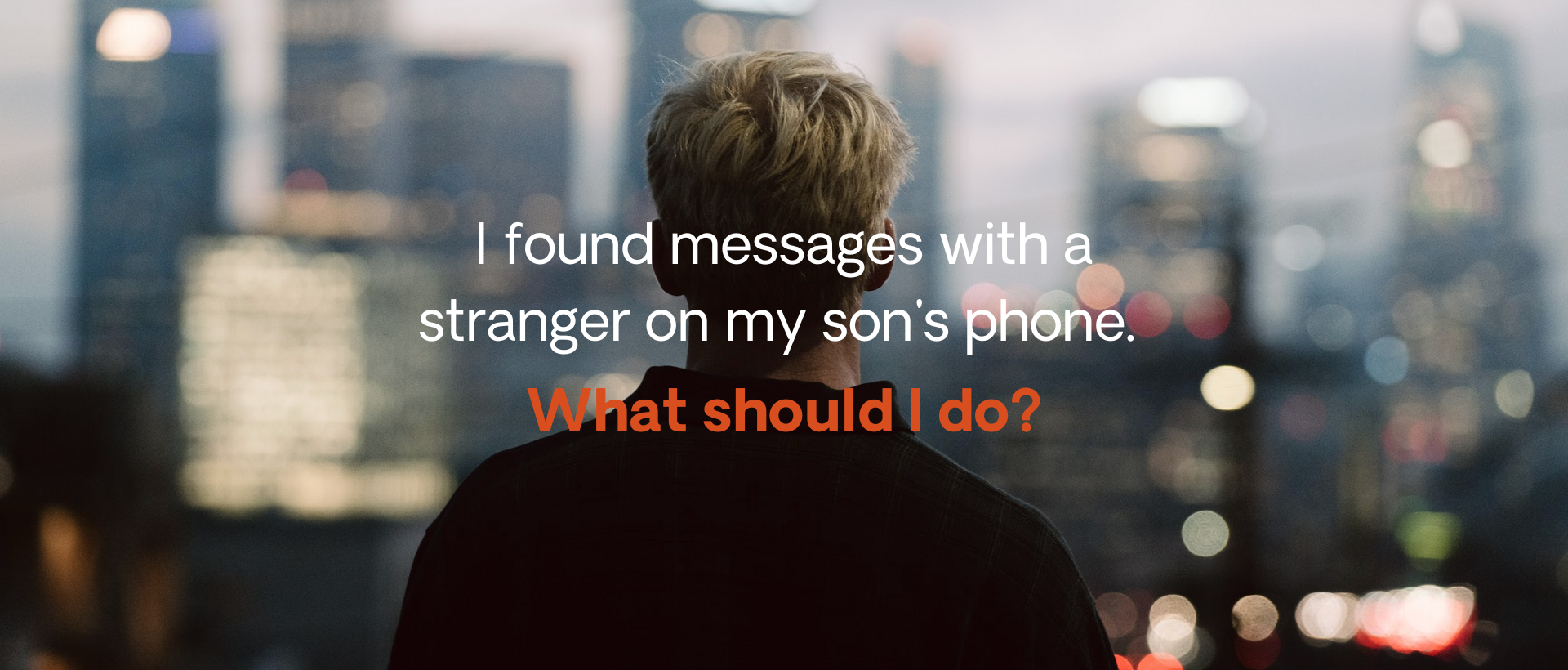
Sextortion is a growing problem in Australia, in which teenage males are primarily targeted. Read on for our advice for parents on what to do if their child is a victim of this crime.
It’s a typical, busy day in your family; school drop-offs, pick-ups, training for your eldest, and dance class for your youngest.
Dinner was late, and one of your kids was texting a friend, assuring you that it was about homework. Then dishes, bed and just for a second, the house is silent.
Buzz.
You glance down at the coffee table and see your son’s phone light up.
Buzz.
You see that your son has missed a call from a contact that you don’t recognise. You think that maybe you should take a look, but you know that the messages will appear as ‘read’, so you decide to leave it.
Buzz. Buzz. Buzz.
As you wipe down the kitchen bench, his phone buzzes three more times from the same person. That’s it. You decide that you’re going to check this out.
The colour drains from your face as you realise that your 16-year-old son is messaging with a stranger.
Your investigation finds that he has been messaging with someone who claims to be a girl in her 20s living overseas. While the messages started out friendly, they quickly turned inappropriate and sexual. In fact, the stranger keeps asking your son to take an intimate photo of himself and send it to them.
You’ve just spent half the night with your son - what’s going on? You feel sick to your stomach. What in the world should you do?
Firstly, take a deep breath in.
Remember they’re a victim
Before you take any action, remember that your child may be a victim of a crime that specifically targets young people for money.
We want you to know that you are not alone in this and that this can happen to any family.
In Australia, the Australian Federal Police are receiving more than 100 reports per month of sextortion.
Sextortion is a growing problem
Sextortion is a form of online blackmail where someone tricks you into sending your sexual images and then threatens to share them unless their demands are met.
Offshore crime syndicates are targeting teenagers, especially 15-17-year-old males, then coercing them into sending sexually explicit content and then blackmailing them for money. Data has found that 90 per cent of victims are males.
We want to offer four tips for moving forward:
-
-
Stay informed
-
Keep communication open with your young person
-
Know where and how to report this crime
-
Consider introducing a phone contract to your family
-
Stay informed
Sextortion is a growing issue and parents of young people need to be aware of it. As they navigate the digital world, young people are up against challenges that didn’t even exist a generation ago. As a parent, you can help your young person to navigate these challenges by staying informed of current issues.
We recommend that you head to the Australian Centre to Counter Child Exploitation (ACCCE) website. They have excellent resources for parents and young people navigating the online world.
Explore the ThinkUKnow website. The Australian Federal Police run thinkUKnow with the aim of helping parents and caregivers to stay informed on issues of online safety.
Keep communication open with your young person
Currently, the young person is forming an emotional connection with this person. In this case, the 16-year-old is receiving the attention of an older female of a sexual nature, which will be quite powerful for his adolescent brain. As a parent or caregiver, you need to help him use his thinking brain and start to doubt that this person is who they say they are. You need to help him think, “hey, this may not be real”. The way to do this is through open conversation.
If you confront him about it, that could likely induce a lot of shame, and ultimately, his restoration and full recovery from this experience are what we want. So if you can, try to create a space where you can have open conversations with him and ask him leading questions, rather than coming right out about it. See our suggestions below.
Leading questions
-
-
Have you heard of sextortion?
-
-
-
What would you do if someone asked you for a picture?
-
-
-
How do you know that the person you are interacting with online is who they say they are?
-
-
-
What would you do if you sent a picture and then the person you sent it to started to ask for more pictures or asked you for money?
-
-
-
Would you feel comfortable coming and talking to me about this?
-
-
-
If you didn't feel comfortable speaking to me about it, who could/would you speak to?
-
Further suggestions
-
-
Watch a short video that explains sextortion (see ‘Resources’ below) and say something about it, like, “We’ve heard that this is a growing problem for teenage boys. What do you think about this?” Hopefully, they will open up about it.
-
Watch the documentary ‘The Children in the Pictures’ together with your young person (see ‘Resources’ below). The Children in the Pictures is a documentary made by ACCCE, all about online child sexual exploitation. It’s free to watch on SBS on demand, but be mindful that the rating is MA15+ due to the nature of the topic. If you watch it with your young person, have a discussion afterwards, and see if they open up.
-
If you’re asking leading questions, but he doesn’t open up about it, you could tell him that you had to check his phone, as you were worried about him, and you stumbled across the conversation with this person. This could be a gentle conversation reminding him that this is not his fault and that they’re not upset with him. Understand that they may not initially be open to receiving that they have been manipulated. It can be a very shocking realisation for the young person. You could then show him the research from the AFP and ACCCE (see ‘Resources’ below), so that he will understand what the intentions of this person really are and this will, once again, help him to switch on his thinking brain and make the realisation that this person isn’t who they say they are.
-

